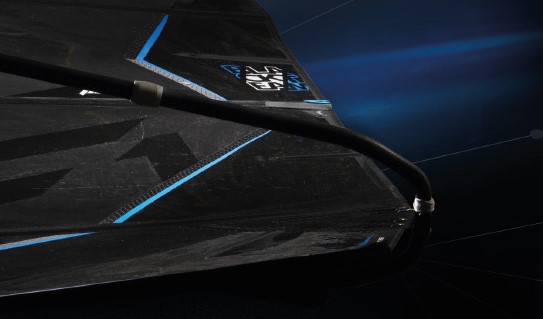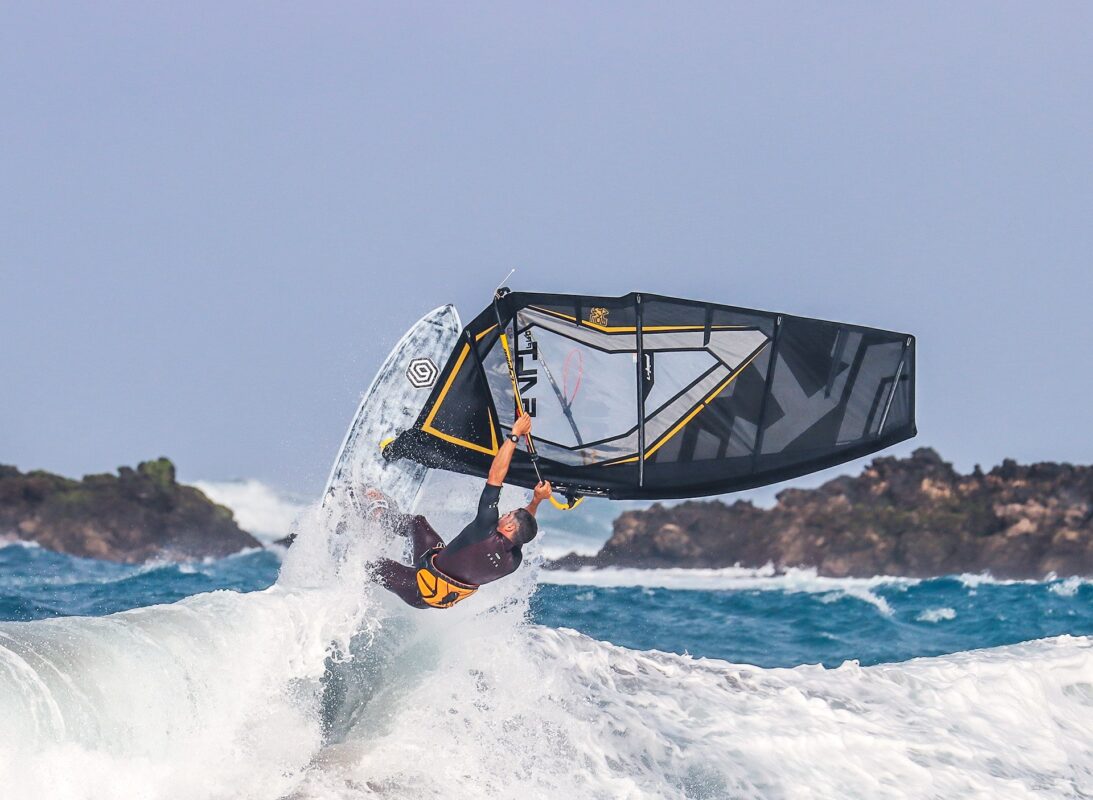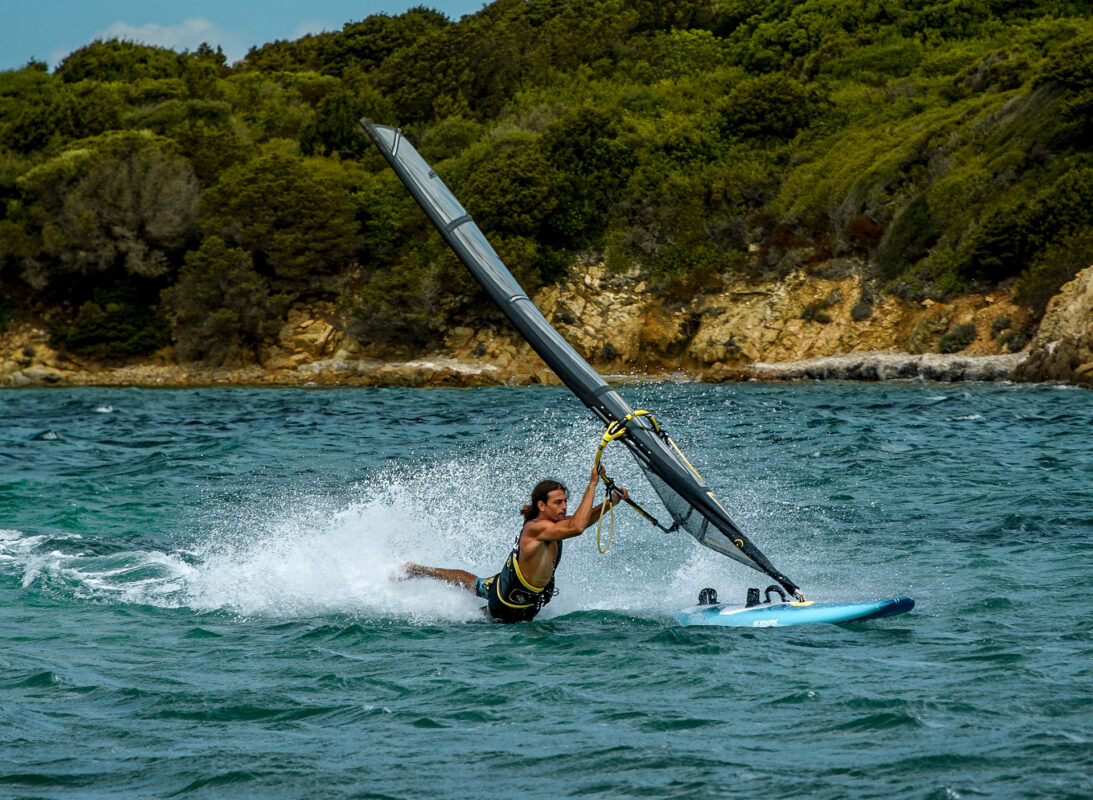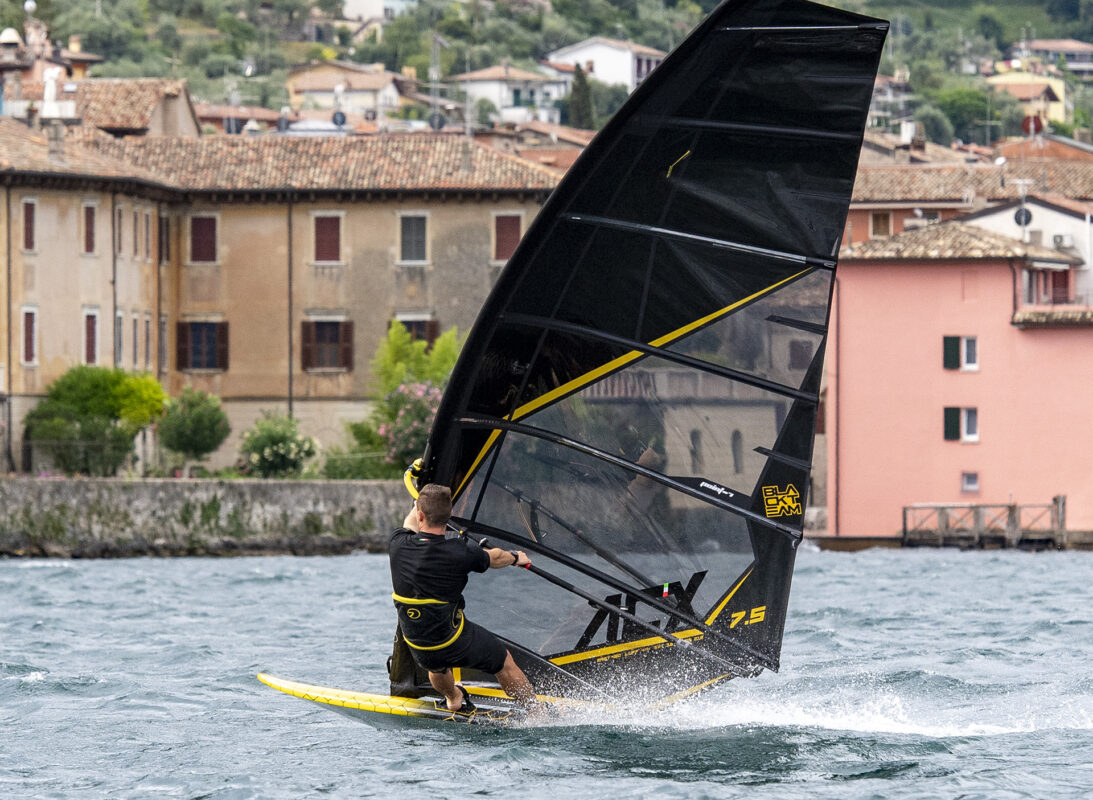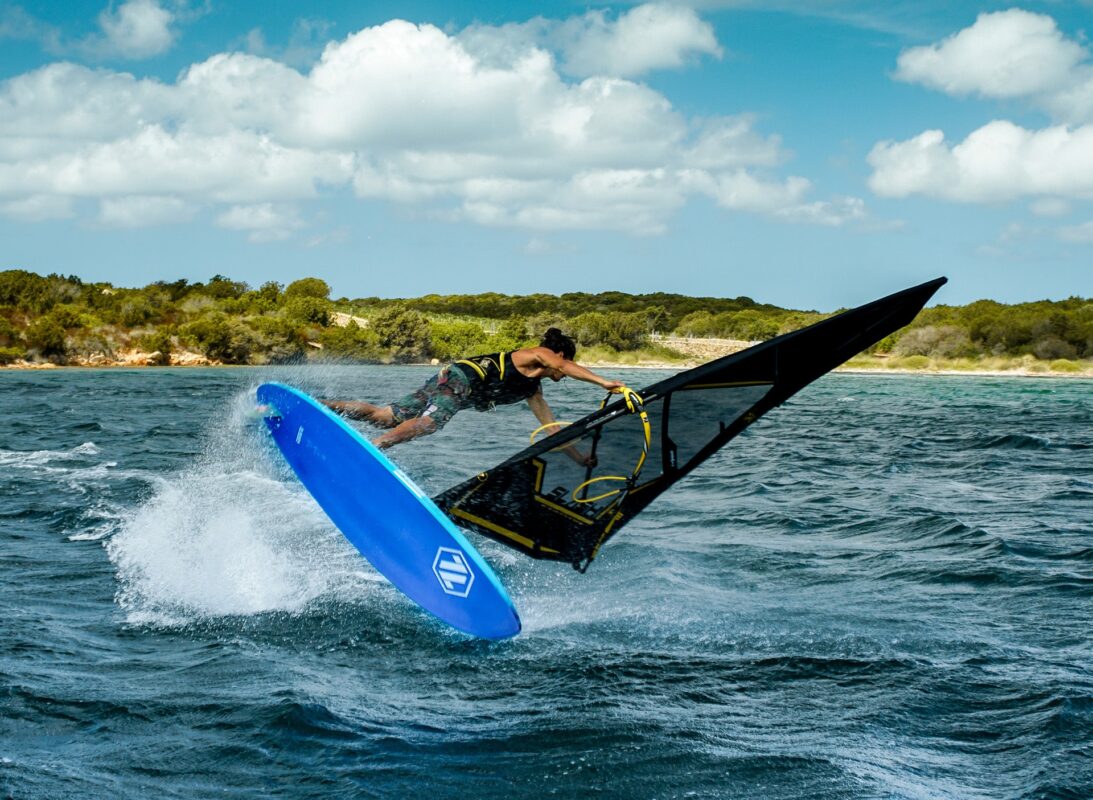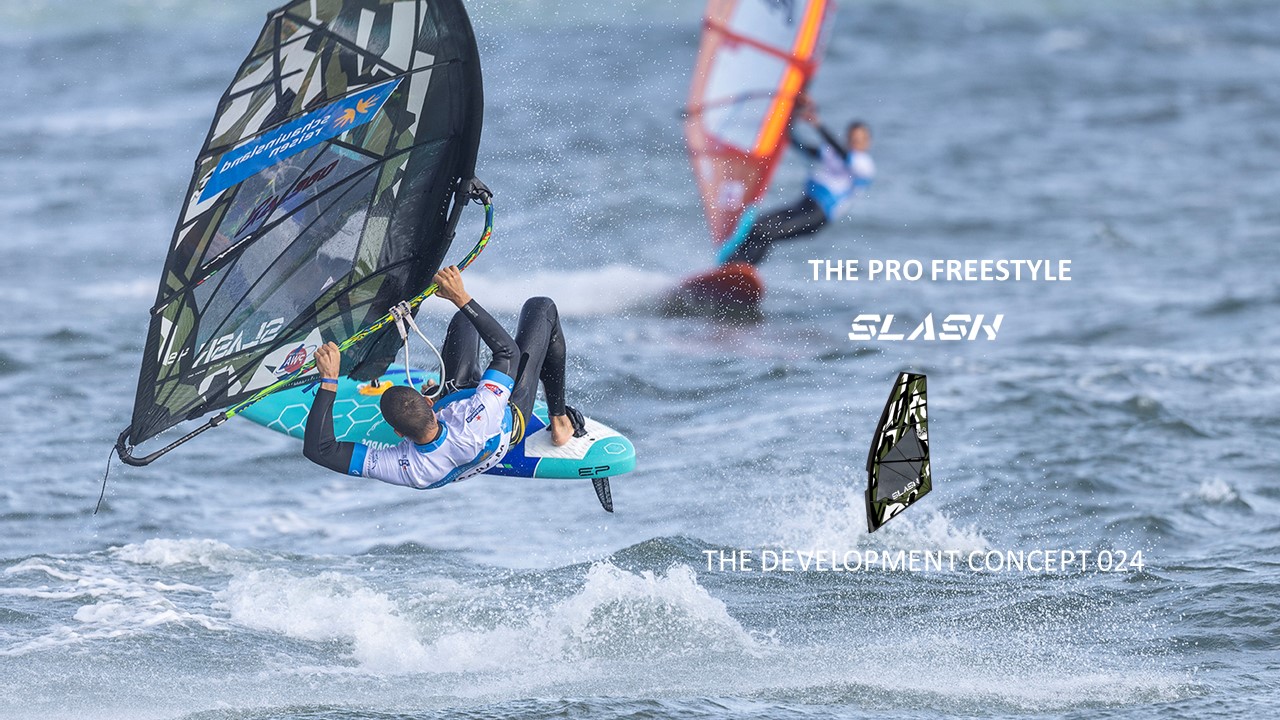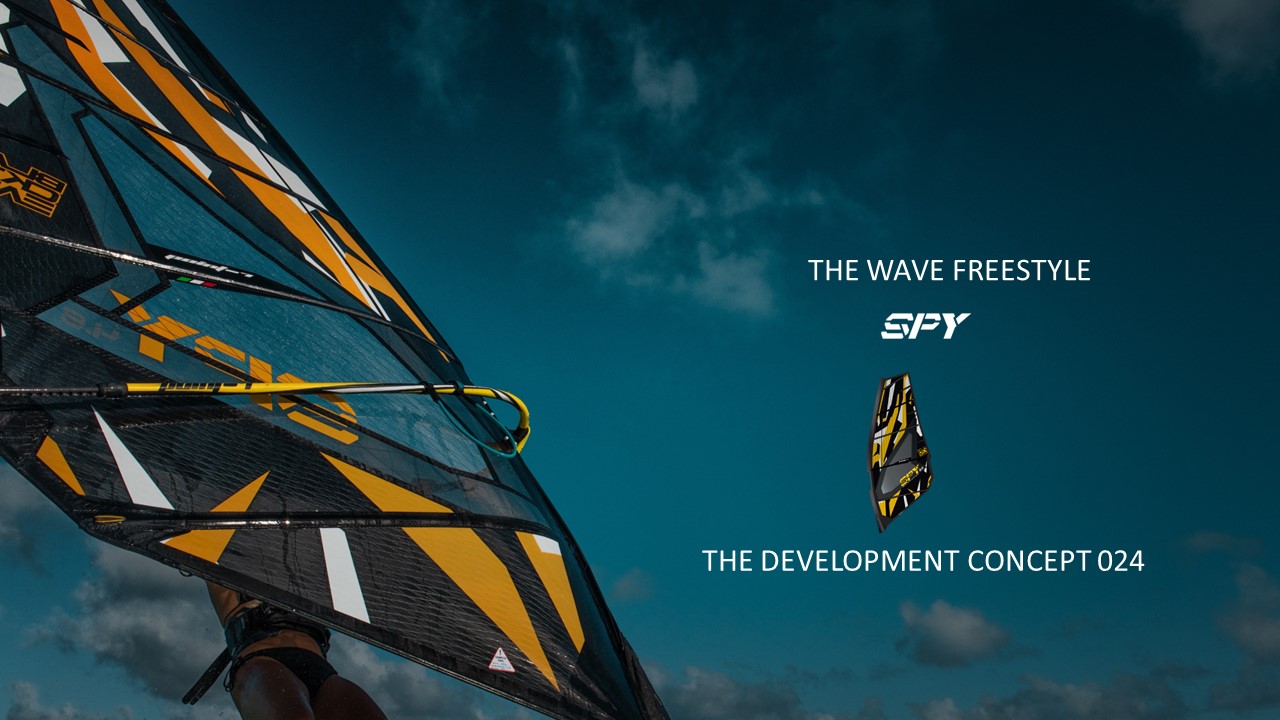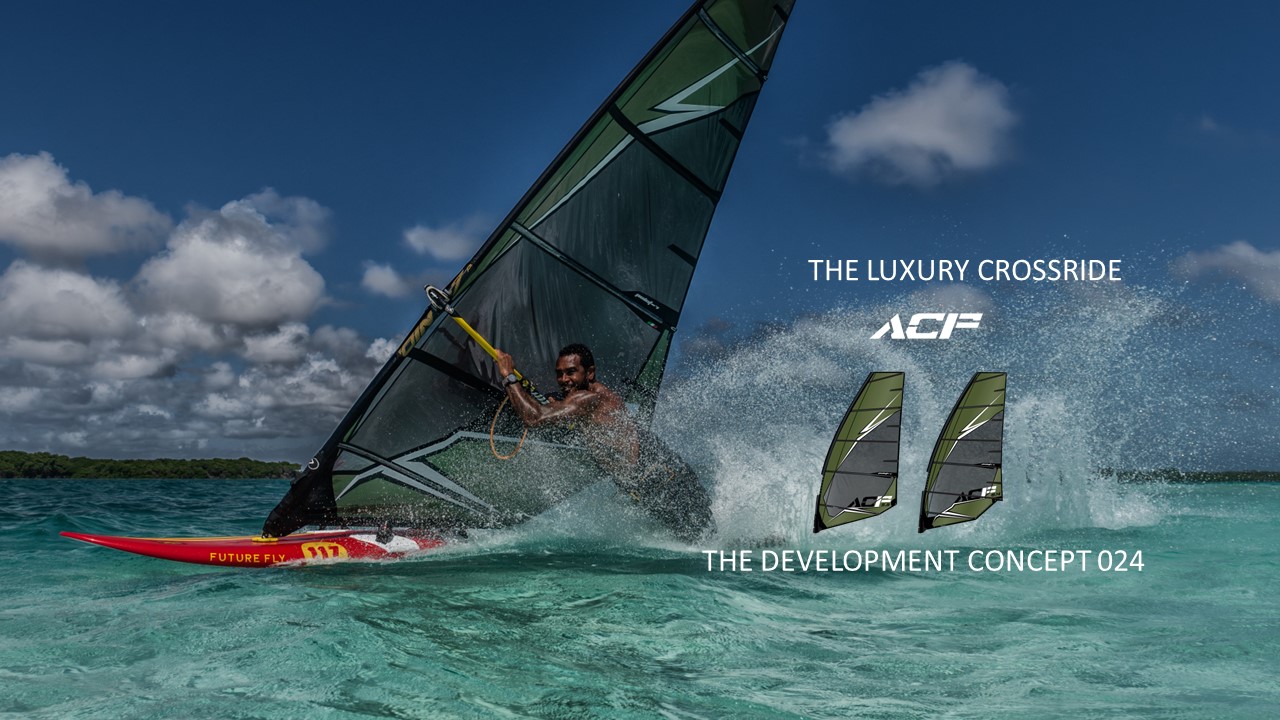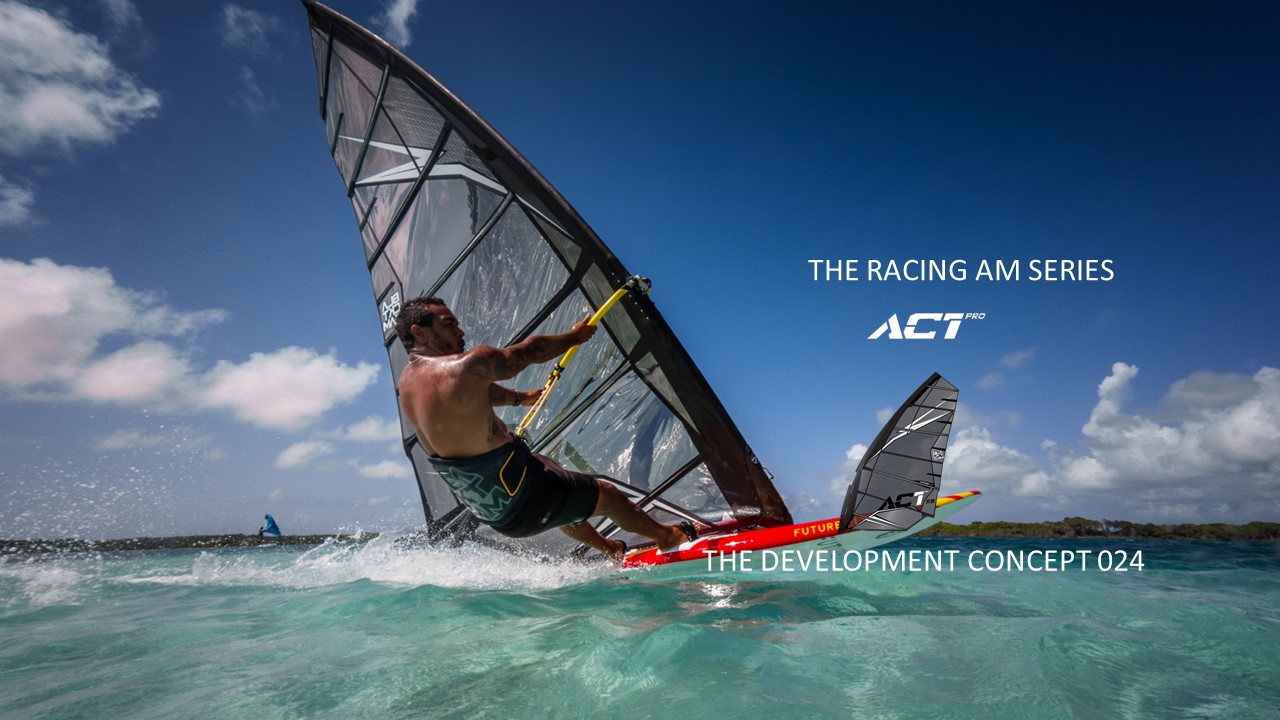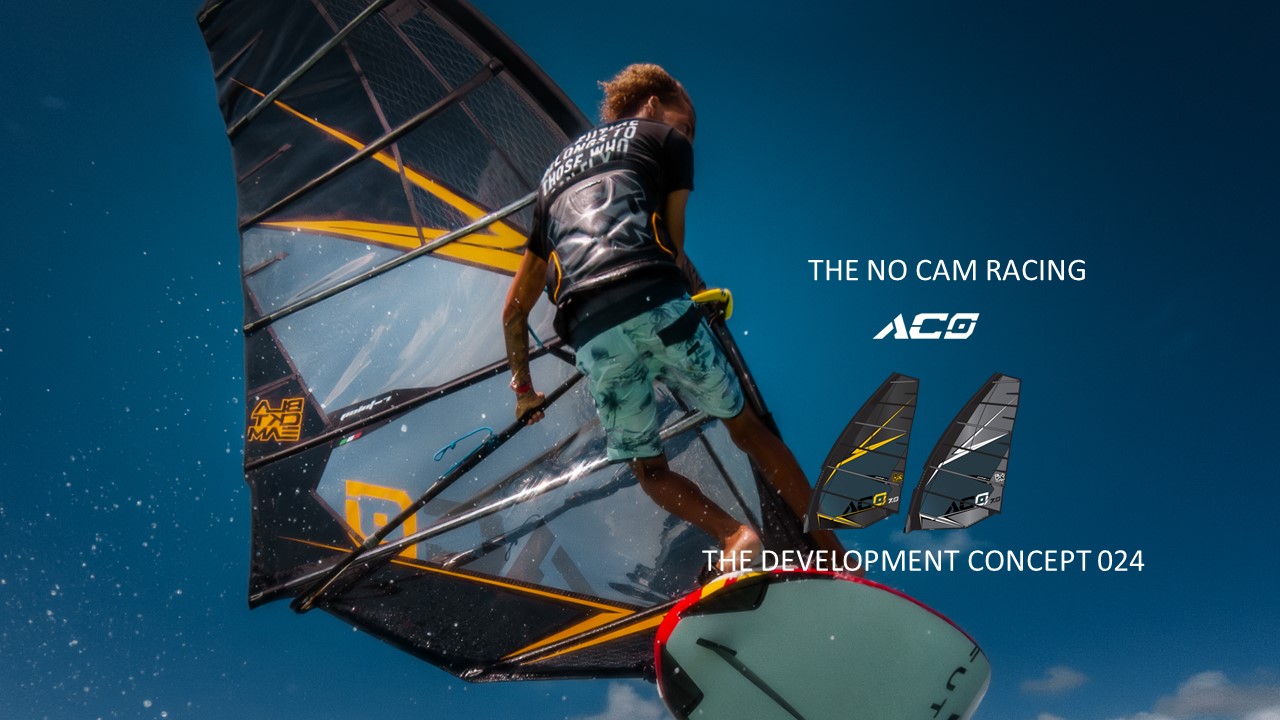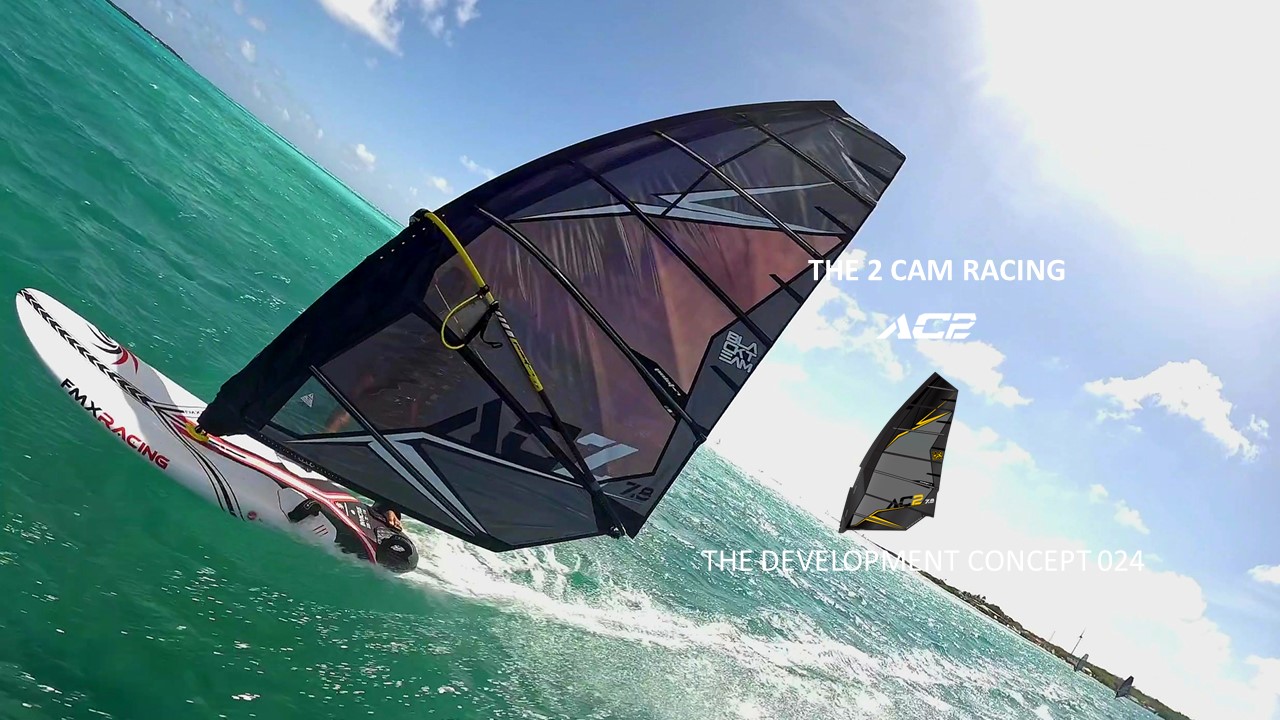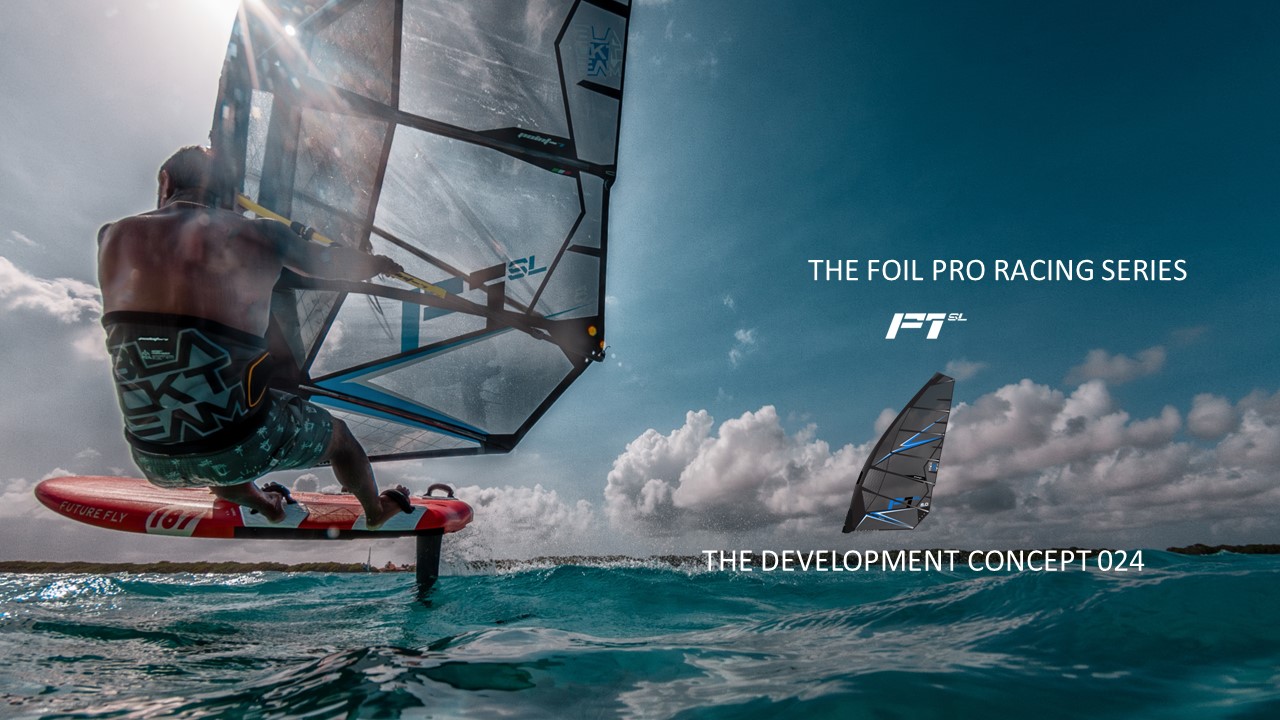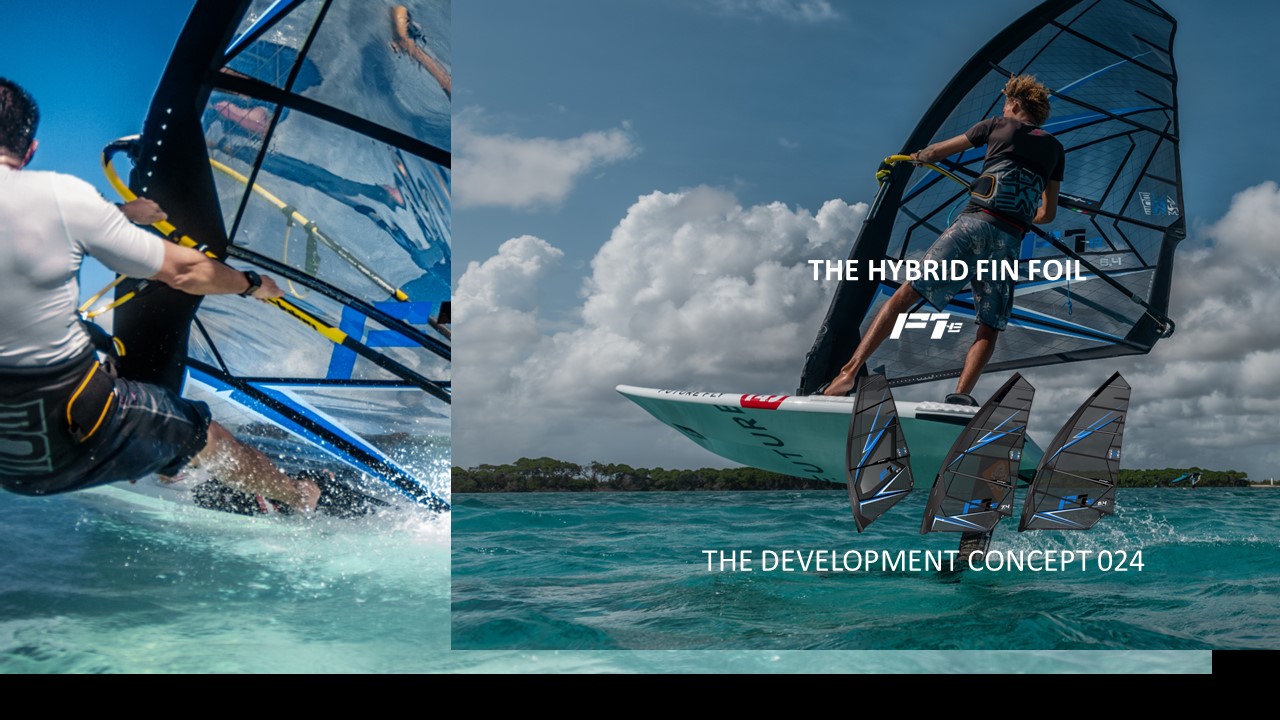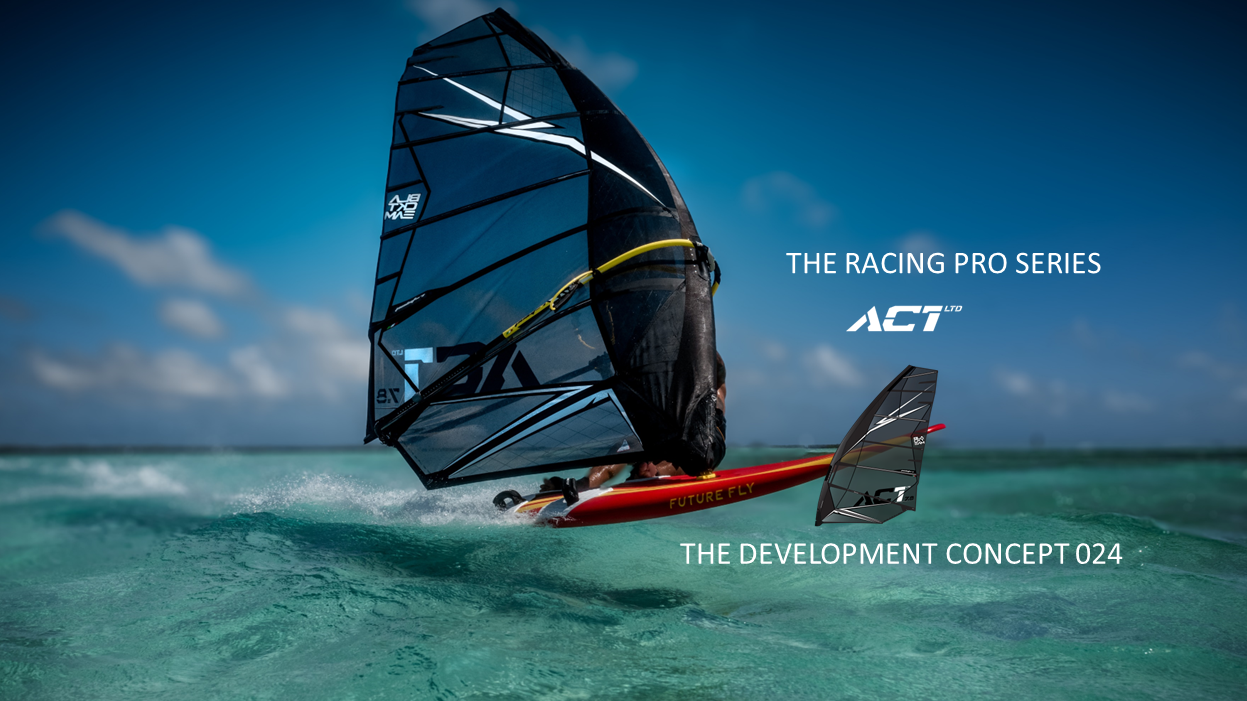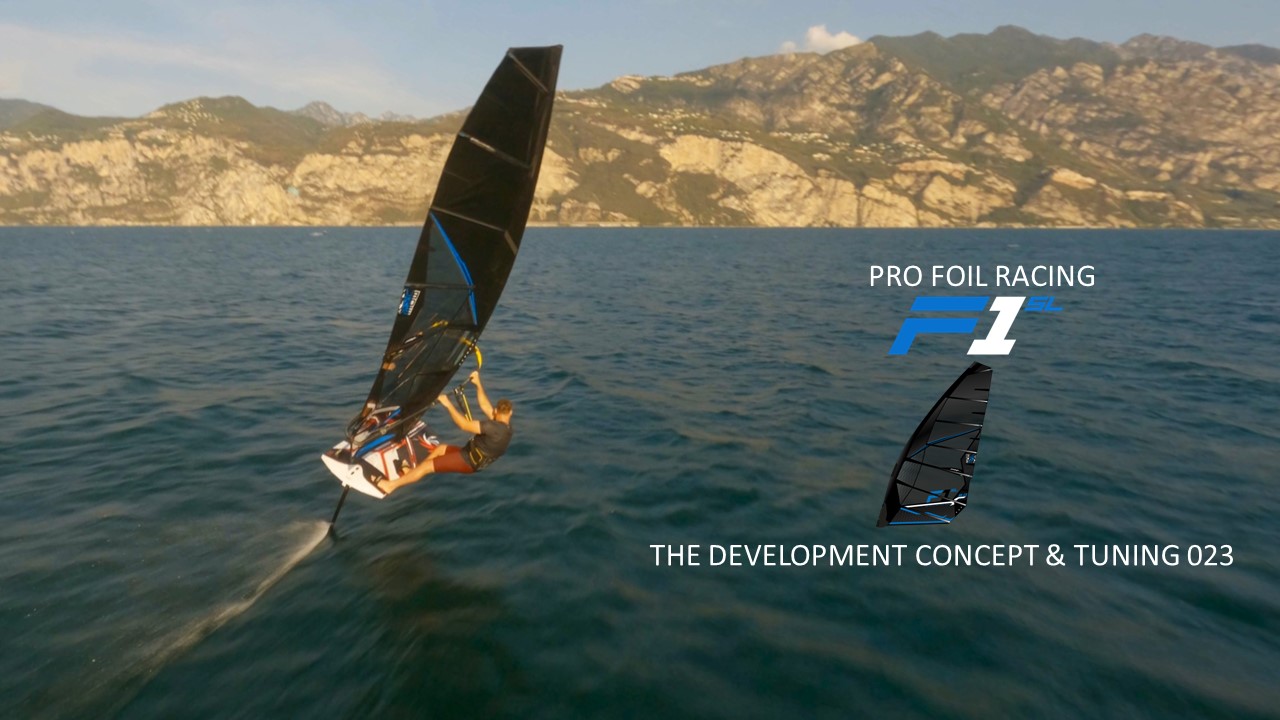Why some sails have one eyelet and others up to four eyelets on the clew.
You may see a different number of eyelets in sail’s clews. We need to attach the boom to one of these, but in which one?
Some sails have 1 or 2 or 3 eyelets. With foiling we have seen even four. In most sails the average is normally two eyelets, but why are sail models having a different number of clews and why more options?
If you are tall you use the high clew position, if you are shorter you use the lower clew: Wrong!
The difference is there to supply different tension to the leach of the sail to fit either the style of the rider, the power needed to push on the board, or according to the needs of the conditions.
In general, the higher the clew eyelet, the more tension goes to the leach. More tension could mean more stability, but also more power. Therefore, the lower you go with the eyelet the less tension the leach will have, the more acceleration and release but also a loss of stability could be possible, but it depends on how the sail is developed.
Let’s start with our foil and hybrid sails that have three. Two for our wave sails, and one for our slalom sails.
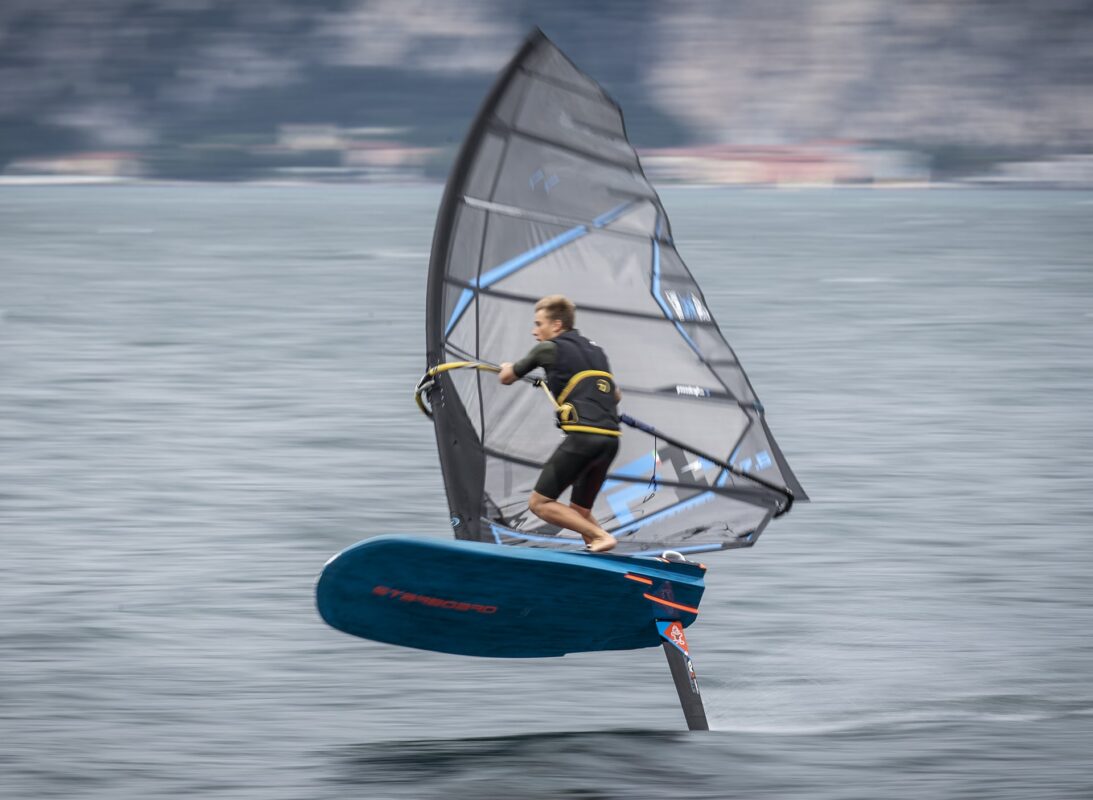
Our foil sails have three, therefore more options than the other sails of our range. A foil itself, can have lots of different set ups to allow more or less power, therefore the sail needs to give more options to follow the trim needs of the foil. The top eyelet allows in this case to have the sail tighter on the leach. This gives more backhand, and more power. It can be used if the foil is not delivering enough power in light wind, or to go more upwind. In our case the middle clew starts releasing tension from the leach, therefore batten 5 and 4 starts to be more open, and this will give a flat exit at the back to have the wind to flow out faster. There will be less back hand pressure and therefore less push the board and foil, resulting in less lift, more control, more acceleration. The lowest eyelet clew is what we could call survival position. Not enough time to depower the foil, not enough time to change the sail, by using the lower eyelet the sail leach will have even less pressure and give further release. The acceleration will be loss as the less tension will make the sail less reactive, but it will allow you to sail with winds stronger by 1-2 knots than the optimal use.
On the wave sails there are two clew positions. These are put to use the sails in two modes. Wave sailing or Bump and jump. In this case when using the different clew positions, you need also to change the downhaul setting. For Bump and Jump you will need to pull the downhaul to max setting, and the upper clew. The extra downhaul force will open more the leach allowing a lighter feeling when cruising, higher speed to jump higher. The higher clew will balance the opening of the leach giving back stability, more power to push on the fin to stabilize the board and control over the bumpy surface. For wave sailing, you will therefore use the lower clew but at the same time 2-3cm less downhaul setting then the max. The less downhaul is providing a deeper front profile to have more drive in the bottom turn and a closer top leach to give more power to the board in the carves and be more precise in the moves. The lower clew will help open the leach from the boom directly but very constantly to keep a light feel and not suffocating speed or acceleration.
Slalom sails have one clew position just like the freestyle sails. These sails are made for zero compromise. The freestyle needs that leach tension and downhaul to execute manoeuvres, the slalom sails need that position to have the perfect leach tension to have the S-shaping working. There is a millimetric work on a leach opening. The leach opening, we could say that is over 50% of what you feel in the hands. You change 3mm of the opening and the sail will feel different. On a freestyle sail the leach needs a certain tension to have the different components of the sail to work in harmony to freestyle. If you would change the clew position from the perfect one, the sail will not perform as good. It’s the same with the slalom sail, where the sizes of the boards and fin, over the years have become a standard. The wind ranges the sail will be used in, the fin size, the board size. Therefore, working further on the leach, by adding S shaping on the battens takes out the need of multiple clew positions to depower the sail. If we start working on the leach opening and, on the S-Shaping from a precise clew point, we will develop a sail able to automatically decrease and increase power according to the intensity of the wind, without even changing the setting of the outhaul nor downhaul. S-Shaping is when the wind runs over the batten length and the last 60,50,40, 30 cm towards the back can open negative to release earlier the wind if it increases. This way you can keep the same position of your hands on the boom, with the same power, and the sail will accelerate without you having to put exceeded effort to keep the gap closed.
If you will see only one eyelet on your slalom sail, you will know that that spot is the right one, and tuning will be more relaxed. If you see 2 on a wave sail, you will know now which eyelet to use and how much to downhaul your sail according to the use you will do, and if you look for more or less power in your foiling, lowering or higher the clew will either give you more control or higher more power and lift.


